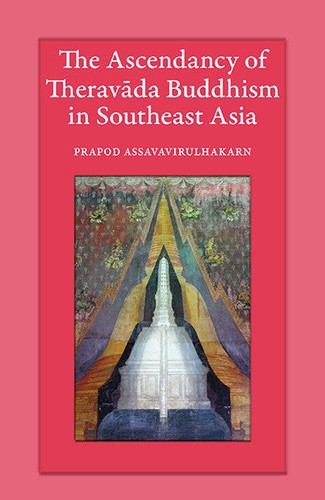Content / Monographs /

The Ascendancy of Theravāda Buddhism in Southeast Asia
By Prapod Assavavirulhakarn
Read it:
244 pages
This book makes the compelling case that Theravāda Buddhism coexisted peacefully with other religious strands in Southeast Asia during the early medieval period, and that the 11th century rise of Theravāda in the region represented less a “conversion” (from Hinduism, animism, or Mahāyāna) so much as an “ascendancy” from among them.
Assavavirulhakarn pulls together a variety of epigraphical and other arguments to show that all these religious strands coexisted in Southeast Asia well before Anawrahta the Great—as, of course, they continue to today.